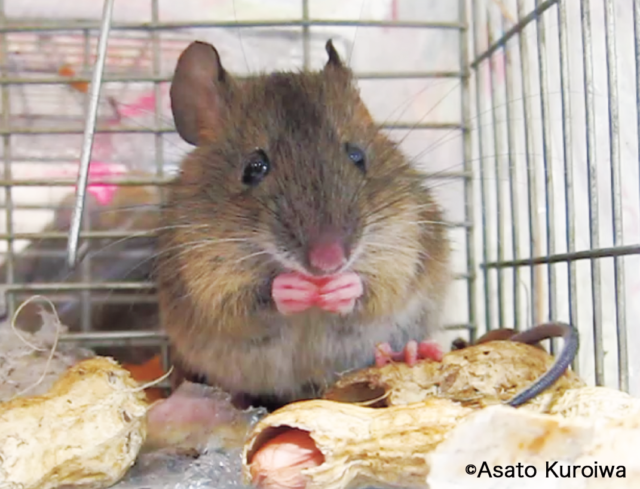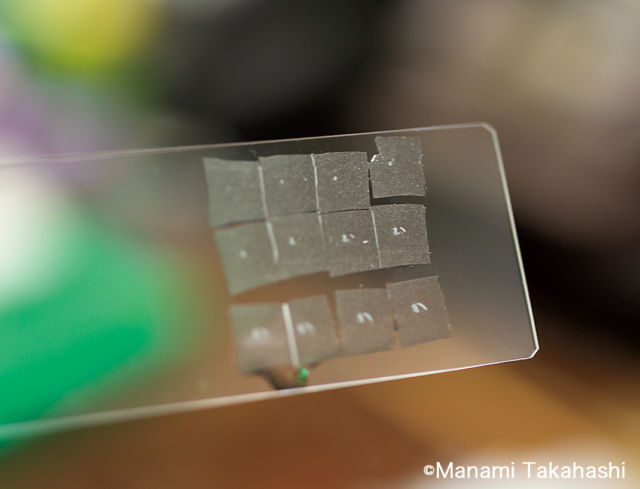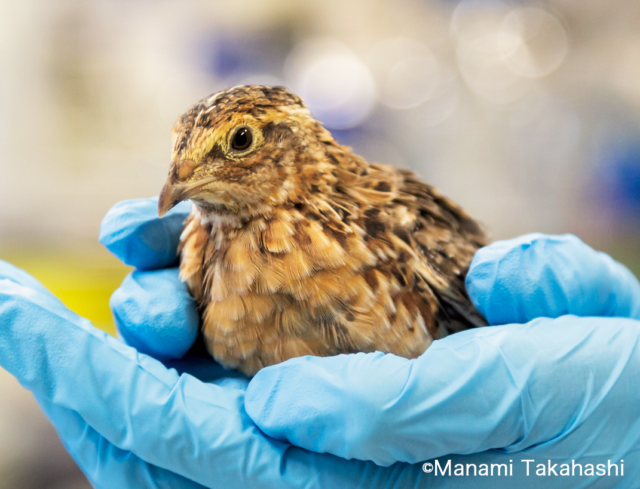KUROIWA, AsatoProfessor
My main themes are “How to determine the sex?”, “How to evolve the sex determining mechanism?” and “How to evolve the sex chromosomes?”.
Mammals have a XX/XY sex chromosome constitution, and expression of the SRY gene on the Y chromosome is a trigger to differentiate gonads to testis. The Y chromosome is very important for maleness because the essential functional genes for male, sex-determining, testis development, and spermatogenesis, and so on, are located on the Y chromosome. However, the mammalian Y chromosome is small and has only a few genes as compared with the X chromosome. It is thought that accumulation of deleterious mutations and subsequent inactivation and loss of Y-linked genes can lead to the genetic degeneration of the Y chromosome during the evolutionary time. It is proposed that the Y will be disappear in the future. To reveal the process of the Y-loss, I have researched the spiny rat (Muridae, Rondentia, genus Tokudaia) with uniquely sex chromosome evolution. The two species of Tokudaia have an XO/XO sex chromosome constitution lacking the Y and also the SRY gene. I have tried to reveal that how to loss the Y and how to determined without SRY by using Tokudaia species. By contrast, birds have a female heterogametic sex chromosome constitution: ZZ is male and ZW is female. The most of molecular mechanism on sex-determining is unrevealed. I have tried to reveal the molecular mechanism on sex-determining of early gonads using chicken, quail and emu.
References
- Spiny rat SRY lacks a long Q-rich domain and is not stable in transgenic mice.
Ogata Y., Nishikata M., Kitada K., Mizushima S., Jogahara T., Kuroiwa A.
Dev. Dyn., 2019, 248, 784-794.
DOI: 10.1002/dvdy.73 - Knockdown of DEAD-box helicase 4 (DDX4) decreases the number of germ cells in male and female chicken embryonic gonads.
Aduma N., Izumi H., Mizushima S., Kuroiwa A.
Reprod. Fertil. Dev., 2019, 31, 847-854.
DOI: 10.1071/RD18266 - Molecular mechanism of male differentiation is conserved in the SRY-absent mammal, Tokudaia osimensis.
Otake T. and Kuroiwa A.
Sci. Rep., 2016, 9, 32874.
DOI: 10.1038/srep32874 - Over-expression of DMRT1 induces the male pathway in embryonic chicken gonads.
Lambeth L.S., Raymond C.S., Roeszler K.N., Kuroiwa A., Nakata T., Zarkower D. and Smith C.A.
Dev. Biol., 2014, 389, 160-172.
DOI: 10.1016/j.ydbio.2014.02.012 - Chicken hemogen homolog is involved in the chicken-specific sex-determining mechanism.
Nakata T., Ishiguro M., Aduma N., Izumi H., Kuroiwa A.
Proc. Natl. Acad. Sci. U S A., 2013, 110, 3417-3422.
DOI: 10.1073/pnas.1218714110
Website
Faculty
Faculty of Science
Department of Biological Sciences
Reproductive and Developmental Biology
Grad School
Graduate School of Life Science
Division of Life Science
Biosystems Science Course
Contact Information
Faculty of Science, Building #5 5-1105
Email: asatok ![[atmark]](https://www2.sci.hokudai.ac.jp/dept/bio/wp/wp-content/themes/sci-bio_2407/img/atmark.png) sci.hokudai.ac.jp
sci.hokudai.ac.jp



